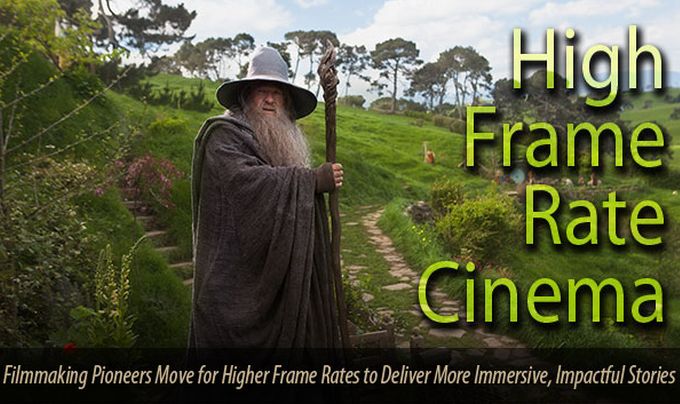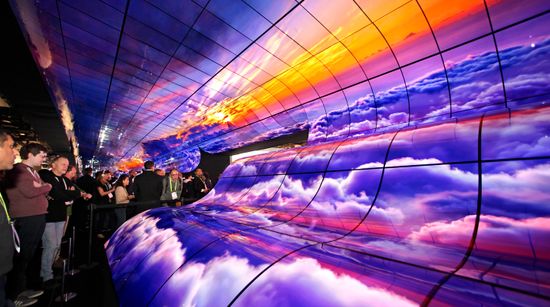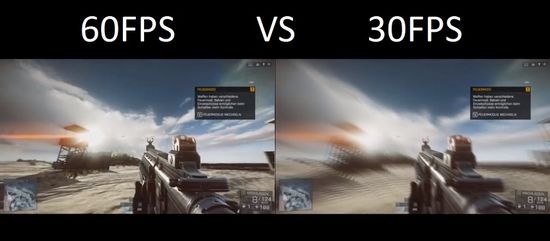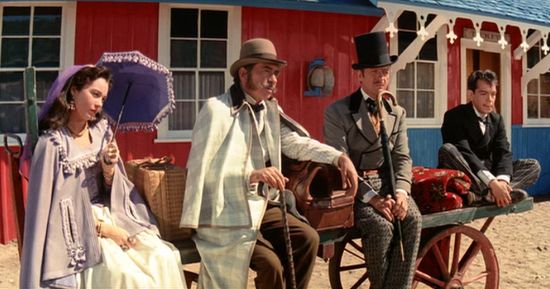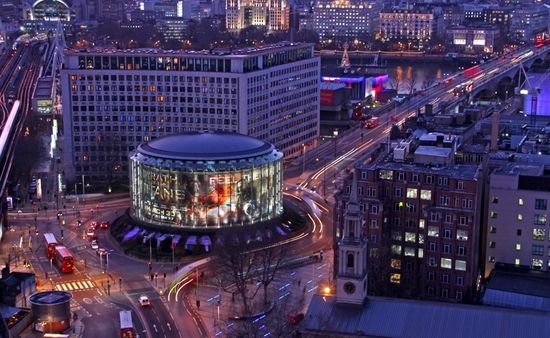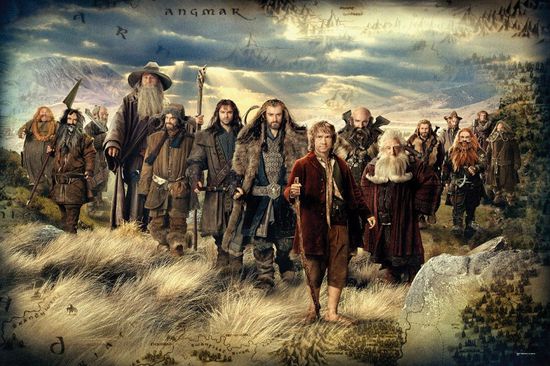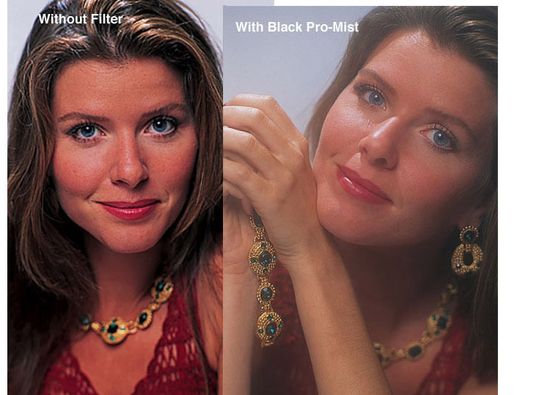Of course, modern television is one of the fastest growing segments of consumer electronics. Stiff competition encourages companies to spend significant funds on the development of innovative technologies. As a result, only in the last few years, companies have developed several revolutionary technologies, including OLED and QLED matrices, HDR technology (Dolby Vision, HDR10, HDR10 +, etc), flexible screen, HDMI 2.1, etc. By the way, at CES 2019, 260 flexible OLED screens, connected together to imitate a cloudy sky struck the imagination of the most imperturbable viewers.
As a consequence, the market already today offers TVs with 8K resolution, with transfer of dynamic matadata via HDMI 2.0a or HDMI 2.1 for HDR, etc. Unfortunately, information from companies often contains elements of marketing that partially distort their customer value. Of course, experts are actively discussing the prospects, pros and cons of each technology. But the natural contraversiveness of any discussion and the large amount of information complicates its perception. Therefore, even limited information about these technologies can simplify the task of the optimal consumer choice.
Refresh rate and FPS
Of course, the development of the HFR (High Frame Rate) format refers to an innovative trend. As known, playback speed significantly affects the perception of video content. It, in turn, depends on the screen refresh rate and FPS of video. The list of its values historically includes 24, 25 and even 29.97 fps.
Refresh rate characterizes the matrix class and reaches 100 or 120 Hz in modern models. The adoption in 2017 of the new HDMI 2.1 standard with an expanded bandwidth has stimulated an increase in the refresh rate to 120 (100) Hz. Frequency difference was formed because of synchronization with the mains frequency in the United States and Europe, where they are, respectively, 50 and 60 Hz. It was convenient for matching the frequency of a line transformer on CRT TVs. In fact, it characterizes the rate of updating frames on the screen.
In addition, almost all companies use efficient frame interpolation technologies and dynamic scenes indices, including Clear motion rate (CMR), Picture Quality Index (PQI), Picture Mastering Index (PMI), Perfect Motion Rate (PMR), Motionflow XR, Active Motion & Resolution(AMR), Backlight scanning BLS, Clear Motion Index (CMI), Subfield Motion, etc. They form intermediate virtual frames to smooth the image in highly dynamic scenes.
Models with HFR support can to play video content with 48, 60 or even 120 fps.
Manufacturers of computer games have long used animation with high fps. Today, 30fps is the minimum even for the base level. Improved animation requires 60fps.
In addition, the most popular Youtube video service also supports 60fps video. Such video clips began to look smoother, brighter and more spectacular.
History
Of course, the filmmakers have already tried to increase fps. For example, Cinerama (26fps) and Todd-AO (30fps) formats appeared on the American market in the 50s of the last century. But they didn’t gain much popularity by presenting only a few films, including the famous “Around the World in 80 Days” by Brit Michael Anderson.
The new format demanded big expenses, including the construction of special cinemas.
However, the film industry continued to experiment. Showscan (60fps / 70 mm film) in the early 80s and IMAX HD (48fps) in the 90s were the next generation. The magnificent cinema IMAX has rightly become a landmark in London.
Unfortunately, the too high cost of shooting once again slowed down the modernization of this industry.
It was only at the end of the zero years of the 21st century that Internet piracy and the popularity of home theaters stimulated the modernization of the film industry. Initially, film studios focused on 3D format.
But, despite the loud success of “Avatar” by James Cameron and some other films, 3D had a significant drawback. Many viewers experienced physiological discomfort in the perception of 3D images, including headaches. Of course, this format required improvement. James Cameron put forward a simple but ingenious version that the traditional 24 fps are not well suited for 3D.
He correctly assumed that an increase in fps would reduce the strain on the eyes, eliminate the flickering stroboscopic effect and increase the playback smoothness.
In addition, the new digital cameras did not require a film, eliminating the influence of fps on its cost.
HFR
In the spring of 2011, Cameron announced at the CinemaCon forum in Las Vegas about the decision to shoot Avatar in HFR format at 48fps. In addition, he demonstrated two versions of the same scene, shot with different fps.
A few months later, he presented the first low-cost Christie Solaria projector for playing 48 and 60fps formats at the Amsterdam IBC.
Inspired by HFR technology, Peter Jackson shot the Hobbit trilogy in a new format.
The implementation of the technology took place without any particular difficulties, because modern film projectors required only software refinement. He used a RED Epic camera with built-in HFR function.
Soap opera effect
Increasing frames per second reduces eye fatigue, eliminates blackout at the corners of the frame, and improves overall brightness and image clarity. HFR dramatically reduces flicker, strobing and motion blur effect. But it, unexpectedly, created another problem. The super-sharp image and the absence of Motion Blur dramatically increase the visualization of the smallest details, including facial expression and makeup of the actors, the quality of the scenery and costumes, etc.
As a result, traditional cinematic perception is distorted. Many viewers lose a sense of theatricality due to the soap opera effect.
This aspect was noted by many critics after the release of the Hobbit in the HFR 3D version with 48fps.
Traditional films with 24fps adapted our sub-awareness to a slightly blurry cinematic image. Therefore, many viewers experience discomfort with a sharp increase in detail, which creates the effect of a magnifying glass. HFR visualizes the smallest flaws in makeup. But, the increased realism reduces the theatrical fabulousness of the movie. In fact, Cameron removed the glass from the cinema, which served as the “rose-colored glasses”.
However, this psychological barrier is unlikely to remain with the next generation of viewers. Most likely, most of them will initially perceive these nuances as the norm and this problem will disappear. But the director made certain conclusions.
Filming of the second film has already used special Pro-Mist filters that reduce image clarity.
120fps
Probably, the shooting speed of 120 fps will be the next logical step in the development of this technology. This value is very convenient for creating virtual 24, 30 or 60fps with the help of combinations of 2, 3 or 4 frames with different exposure times and different shutter angles.
Such a shooting has virtually no motion blur and artifacts and does not require extrapolation of motion. It, of course, requires bandwidth expansion, but simplifies processing using standard post-algorithms.
Shooting 60fps is quite difficult to convert to 24fps for outdated equipment due to the need for advance motion compensation. The 120fps / 24fps conversion uses simple decimation, retaining basic motion information. In fact, it only requires linearization of the data, merging and averaging of the image and re-color calibration. This technology has been working for a long time and provides efficient post-processing.
HFR is claiming to become a new broadcast technology, which improves the quality of 4K Ultra HD by increasing fps of video to 120. This is the maximum value for broadcast content compared to most modern technologies that support only 50fps content or less.
Today, many modern top models already support the HFR format. For example, LG introduced TVs with HFR support at 120fps at CES 2019.
This video shows 25fps vs 50fps.
